Warmer weather is here and with that comes more outdoor time, which can sometimes lead to injuries. We talked to Dr. Keith Santiago, an orthopaedic surgeon who specializes in hand and upper extremity surgery at Lowcountry Orthopaedics & Sports Medicine to determine how to prevent and treat these injuries.

“It’s not easy to break a bone. It does take a significant amount of force,” says Dr. Santiago. Try not to worry that broken bones must be a fact of life, Mom. We’re going to share some helpful tips about prevention and treatment.
Prevention
That being said, prevention is key! Dr. Santiago says the most common injuries he sees result from skateboards, trampolines, monkey bars, and now even hoverboards.
You can help reduce those injuries by using “gear appropriate for the activity, such as a helmet, elbow pads, kneepads, and wrist guards. Children should also warm up and stretch to prevent muscular or tendon injuries, and use pain as a guide. If they have pain, sometimes playing through pain can cause their situation to worsen. Pain is not normal. Certain pain can be expected and bearable, such as aches and soreness after working out at the gym, but sharp pain that is a distraction is typically a sign of a more serious issue,” explains Dr. Santiago.
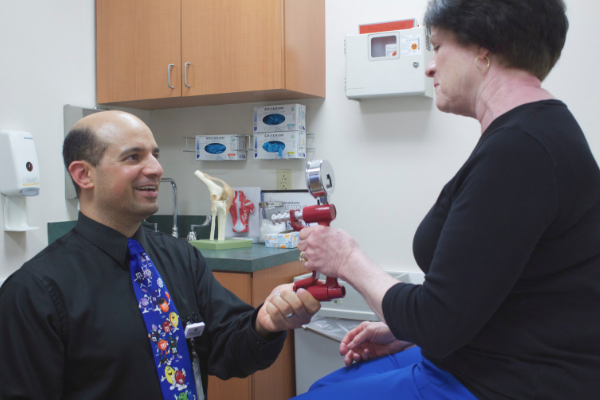
When an injury occurs
If your child does get injured, seek medical attention right away. “Timing of treatment is critical to allow for the bone to be set appropriately before the bone starts to heal and become ‘sticky’ in a possible crooked position.”
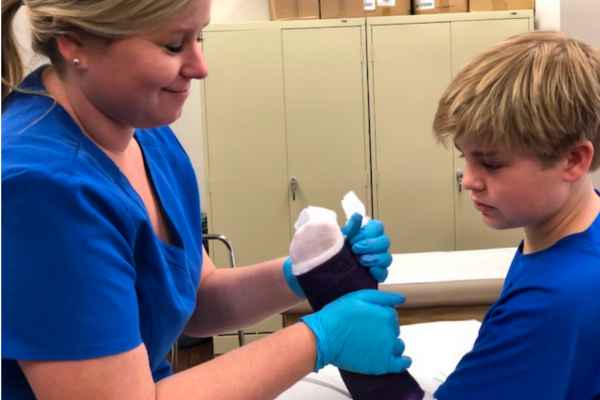
You know your child and will likely know when there’s something wrong. But, even if your child attempts to hide the injury from you, swelling and bruising are tell-tale signs that it’s time to seek help. You can visit your pediatrician, Lowcountry Orthopaedics Specialist, urgent care, or emergency department, depending on the severity of the injury. If you can see an orthopaedic surgeon first, try to do that! “Five locations and the ability to see walk-in patients or schedule same-day appointments is our practice’s way of ensuring fast access,” says Dr. Santiago.
Dr. Santiago disputes a common patient misconception. If you see an orthopaedic surgeon, you’re going to have orthopaedic surgery. That is false. I can render non-operative treatment, make a diagnosis, and provide operative treatment if that’s what’s necessary. Seeing a bone specialist is helpful because we also treat tendons, nerves, arteries, and the spine as well.”
The physicians at Lowcountry Orthopaedics are “trained to take care of families, including children, and are able to appreciate some subtleties that may be missed by a solely adult specialist;, such as involvement of a growth plate injury. If not treated properly, a bone can heal crooked, cannot heal at all, or may not heal well.” During your visit, your physician will talk to the child and use the story about how the injury happened to guide their next steps.
Once your child’s injury is diagnosed and treated, their pain should lessen, and they should see improved function over time. If for some reason the pain doesn’t decrease or there are problems going back to usual function, you should talk to a specialist like Dr. Santiago or one of his colleagues at Lowcountry Orthopaedics and Sports Medicine. He notes that “as you get further away from injury, your options for treatment lessen or become more difficult or more challenging. Other concerns with a cast, splint or brace are if your child would start developing skin irritation or pressure sores. Sometimes things can be wrapped too tight and there can be an issue with blood flow too.

On average, it takes a break about 8 weeks to heal and get to the point where there’s “full, painless range of motion.” During that time Dr. Santiago says his goal is to “allow children to maintain their usual function and activities as much as possible while still treating their injury. I prefer children to go to school so they don’t miss out on school work or listening to their teacher. Even if they can’t use their hand because they’ve broken it, their ears are still working, and their mind is still working.
If your child experiences a break, Dr. Santiago would be happy to help. Lowcountry Orthopaedics and Sports Medicine offer same-day and next-day visits at five locations across the Tri-county area including North Charleston, Summerville, Moncks Corner, and Charleston.
Connect with Lowcountry Orthopaedics and Sports Medicine!
Website
Locations & Contact Info
Facebook
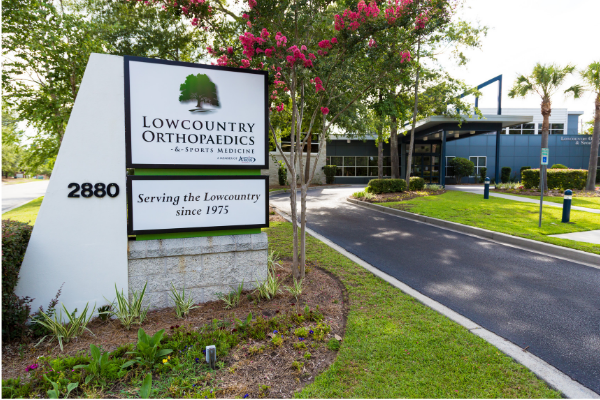




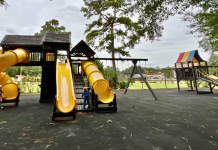

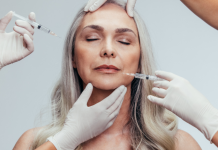

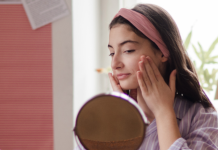





When my son broke his wrist they were able to get us in the same day! Dr. Johannesmeyer was awesome! He took the time to talk to him (not just me) about how important it was to follow the treatment plan so he could get back to baseball quickly. I can’t say enough good things about this caring group.
I have 3 dr in this practice and they have took really good care of me.
They are the best.
Comments are closed.